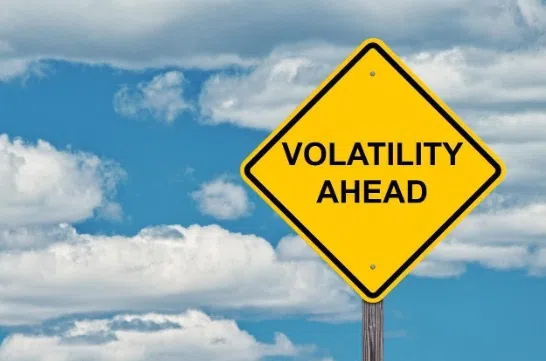
U.S. Wheat Associates Wheat Letter
By USW Market Analyst Tyllor Ledford
Spring’s arrival in the Northern Hemisphere typically brings a period of weather-related market volatility, a pattern that has held true this crop year. However, ongoing uncertainty from dynamic policy changes is shaking the usual seasonal in the U.S. wheat trade outlook.
Weather Market Whiplash
In February, concerns over cold and dry conditions in the Black Sea and the U.S. propelled futures markets to their highest levels since October 2024. However, as fears of winterkill eased with insulating snowfall across the region, futures prices experienced a sharp decline. Between February 18 and March 3, CBOT wheat futures plummeted by 70 cents, KBOT by 74 cents, and MGEX by 68 cents.
Tariffs and Trade Exert a Bearish Influence
The implementation of new tariffs has had a chilling effect on trade prospects, the full extent of which remains to be seen. This policy-induced uncertainty, coupled with the inherent market volatility, creates a complex and challenging landscape for U.S. wheat. The situation changes daily, but U.S. Wheat Associates continues to monitor the tariff landscape and evaluate its impacts on trade as information becomes available.
Positive Highlights
Despite these headwinds, a slight weakening of the U.S. dollar offers a glimmer of hope, potentially enhancing the competitiveness of U.S. grains in the global market. Additionally, recent bearish trends have aligned U.S. wheat classes more closely with global origins. The spread between U.S. HRW and the cheapest global origins are nearing their most consistently narrow margin to date. Boosted by the increased competitiveness, marketing year 2024/25 wheat sales currently sit at 20.8 MMT, a 13% increase from last year, putting them at 92% of USDA’s projected exports with just 10 weeks left in the marketing year. For the marketing year 2025/26, sales hover around 961,000 MT, a 20% increase from this time last year as many exporters swap from old crop to new crop delivery periods.
Looking ahead, wheat markets will remain sensitive to weather developments and policy changes, particularly in the months leading up to the Northern Hemisphere harvest.
The full article on this story can be found at the U.S. Wheat Associates website.
U.S. Wheat Associates Wheat Letter




Comments